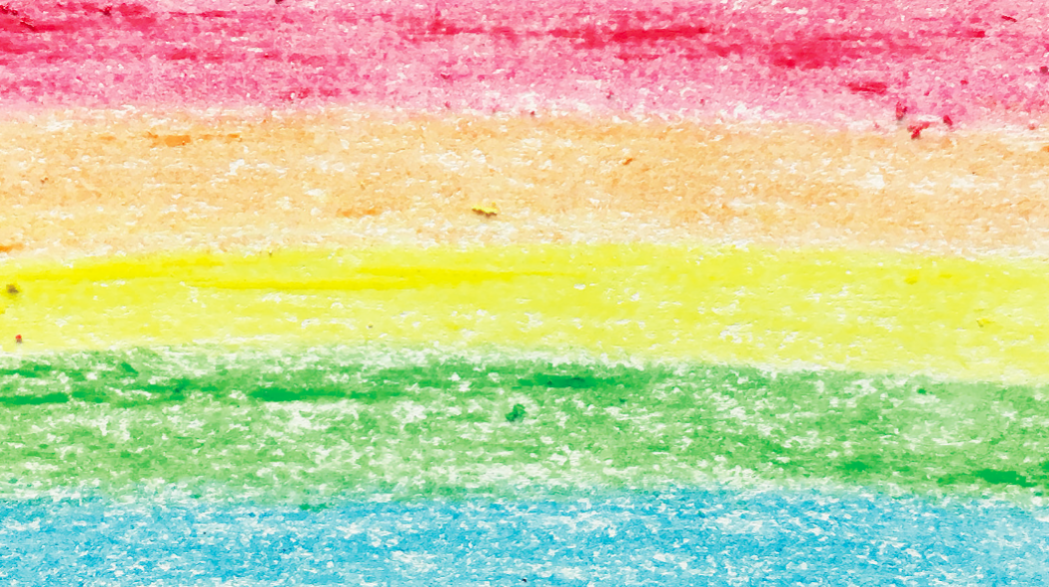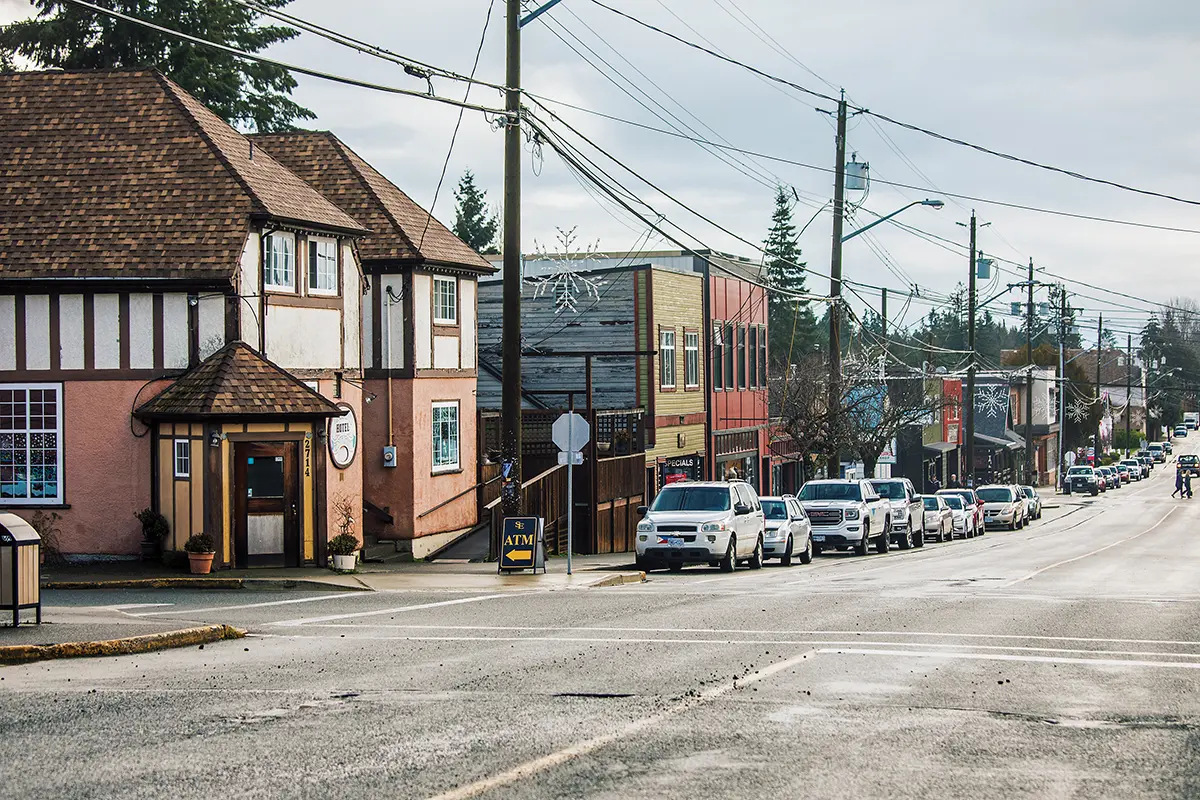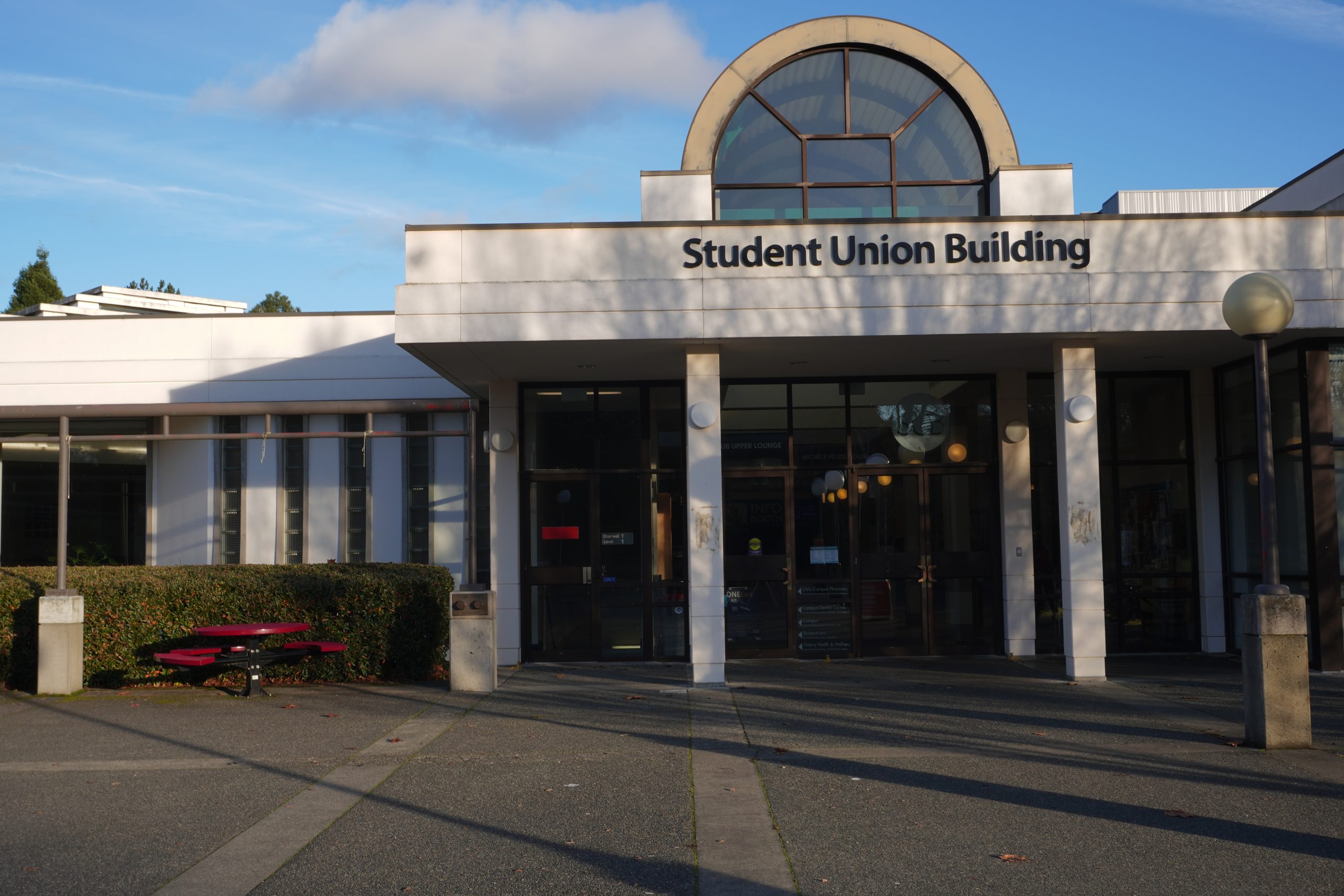For Victoria’s LGBTQ2+ Community, Pride comes with a sense of loss for in-person gatherings and hope for online connection this year

June is Pride Month, and marks the beginning of events focused on LGBTQ2+ celebration, gathering, and activism throughout the summer — with Victoria’s annual Pride Parade and associated activities usually happening in the second week of July.
But while B.C.’s ban on gatherings of over 50 people continues with no end in sight, in-person Pride events have been cancelled and are now shifting towards online gatherings and initiatives. This has left many people in these communities feeling increasingly isolated, but hopeful for opportunities to connect, celebrate, and be visible in online settings.
A variety of events put on by smaller Victoria LGBTQ2+ organizations have been forced to move online, and the 27th annual Victoria Pride Parade, the city’s biggest Pride event that drew thousands of people to the city last year, is cancelled — while other parts of the festival have moved online.
“I think we’re all mourning that opportunity to celebrate and connect with others,” Hannah Jacobsen, a peer leader with QVic Life says.
They note the importance of these community events for Queer people’s mental health and well-being, saying, “We know that community connection for LGBTQ2+ folks is vital to fostering that sense of belonging and combatting isolation.”
ChrŸs Tei, Executive Director of the Rainbow Health Co-operative, emphasizes the importance of the Pride Parade and Festival in particular.
“[These events] can be pivotal events for individuals … I have had the privilege to share with a number of people their ‘coming out’ at Victoria Pride,” Tei says. “I have seen a number of people march in the Trans section of the parade for the first time in their experienced gender.”
The importance of these events is echoed by Aaron Devor, a Professor of Sociology and inaugural Chair of Transgender Studies at UVic, who says, “Pride is an important event for everyone in the LGBTQ2+ community, it has symbolic value for people, even if they don’t attend, just to know it’s happening … and Victoria is quite a unique city in that most people here cheer on the Pride Parade, so it’s a big loss to not have it this year.”
This sense of loss is a common thread amongst LGBTQ2+ folks speaking with the Martlet, particularly for the potential impacts on the community.
“I think that visibility of the community will be reduced … which [uniquely] impacts people who are questioning and those who are not able to connect with a Queer peer in their day-to-day life,” says Nate Ponce, office co-ordinator for UVic Pride.
Yet, despite mourning the loss of in-person events, everyone the Martlet spoke with felt hopeful about the potential for online celebration, connection, and activism during Pride month and beyond. As Scott Daly, Communications Director for the Victoria Pride Society notes, “while it will be different this year, Pride is not cancelled!”
Many of Victoria and the South Island’s organizations that serve LGBTQ2+ communities have already begun offering online events and are planning for the future. The Victoria Pride Society has been hosting The Vicarious Show, a weekly online drag show every Sunday, and will be hosting a virtual flag raising at the Victoria City Hall. They will be releasing a video on the history of the Memorial Drag Ball Game on July 1, hosting a virtual Big Gay Dog Walk on July 3, and organizing a virtual Victoria Pride Festival with performances from Queer artists.
UVic Pride has also been holding drop-in gatherings for discussion and games over Zoom, which will continue throughout this month. The Rainbow Health Co-op is working with some partner organizations on establishing TransVine.ca, a BC-wide moderated online space for Trans, Two-Spirit, nonbinary folks, and their families and allies. They also plan on offering further online programming starting in September.
For many, this transition to different methods of programming and celebration of Pride is also an opportunity to evaluate what Pride means, how it can change for the better, and where it came from.
The Stonewall riots of 1969 are often considered a turning point in the Queer movement. Though LGBTQ2+ people were demonstrating before this and continue to participate in demonstrations since that are considered “civil disobedience” by their governments, but the year after Stonewall, the first Pride Parade was held in New York City. Stonewall was also notable as it was led primarily by Queer and Trans Black women, folks who still are disproportionately victims of violence and police brutality to this day.
As Jacobsen says, “I think it’s really vital to remember [this] long history of queer and trans folks, particularly folks of colour, resisting police brutality, state violence, and repression, especially as we are being reminded that those systems are far from gone in both Canada and the United States, as Bblack folks continue to be killed by the police.”
The shift to online spaces also may be a way to address some concerns about the accessibility of Pride events, particularly for community members with disabilities or who are neurodivergent. Devor also notes the importance of accessible online communities for Trans+ people.
“Trans+ people were quick to utilize online spaces,” he says. “Partly because in any given geographic location, Trans+ people are a small minority, and not always visible, so it can be difficult to find communities [offline].”
Daly also speaks of the benefits online platforms can present, saying, “social media can be a powerful tool for visibility, education and advocacy.”
There are of course concerns about online spaces, and issues within online and offline Pride communities. Speaking of online platforms, Tei says they are “less accountable [and] less civil” and susceptible to issues like commercialization, which already have sparked debate within Pride communities. As well, other concerns such as police presence, a focus on partying, and co-opting by those outside of the LGBTQ2+ community, exist in spaces both on and offline.
While COVID-19 precautions may make in-person gatherings impossible, members of the community are finding ways to connect, celebrate, and demonstrate – showing Pride is not just about an event, date, or place, but rather a movement that transcends both offline and online spaces.
As Ponce says, “connecting with the [LGBTQ2+] community […] is the best way to get at the heart of what Pride is about.”








